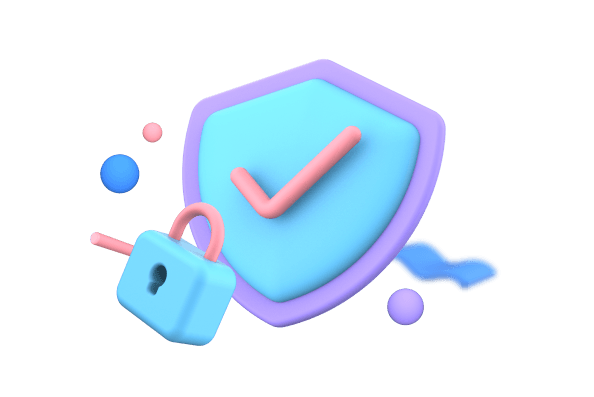
Loans are necessary for the formation, operation, development, and improvement of all commercial companies.

Small company operators in India face significant difficulties in obtaining capital for their various company operations.

A vendor is a crucial part of a supply chain network. Vendors supply raw goods that are required for manufacturing products.

... applications
Trusted lending partner of

Tension free loans as you do not have to provide any security

Minimum document and easy process

We follow RBI mandate policies to safeguard and store your data

We mention all the charges up front before disbursement. No surprises later!
People love our products

Security & support you can trust

Anti Phishing
FlexiLoans never ask for money to reduce your interest rate or processing your application faster.

Responsibility
We never sell or share your data with the marketing companies and 3rd party

Privacy and protection
If your loan is not approved, we delete your data within a week

Serious security
We follow industry leading security system to keep our data safe on the internet
Why FlexiLoans
FlexiLoans was started with an endeavor to solve the problems that small businesses face in accessing Quick, Flexible and Adequate funds for growing their businesses. Our vision is to give “Loans at a click”. We are the leaders in using technology and risk models that focus on alternate/surrogate methods for scoring customers.





Our customers love us...

Our achievements

Recent Blogs/Media coverage
FAQ
- Expanding your business
- Servicing regular working capital needs
- Managing seasonal working capital requirements
- Manage short term cash flow gaps

 We are an RBI Registered NBFC*
We are an RBI Registered NBFC*
 We never sell or share your data with the marketing companies and 3rd party
We never sell or share your data with the marketing companies and 3rd party
















